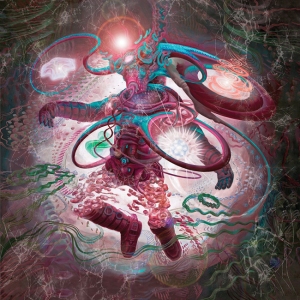I’ve always thought of the term “music blogger” as being somewhat restrictive. It seems like such an unimaginative term for an overlooked cornucopia of enlightenment. It is, unfortunately, far too easy to become numb to the everyday processes of searching for new music, weighed down by the sheer banality of it all. On the other hand, I have witnessed an uncomfortable number of music bloggers fall victim to the competitive, quasi-political nature of the cutthroat world they live in. I believe it is essential to leave both of these attitudes behind. Rather than a “music blogger,” I think the term “aural adventurer” might be more appropriate, or perhaps even “sonic expeditioner.” Why do I remain passionate about finding new music? It’s about the journey, not the destination. This is a core philosophy that applies to the world of music as much as it applies to life itself. The other night, I walked out the door with nothing but my iPod and a pair of Sennheiser headphones, eager to embark on such a journey. As my legs took me across the beautiful campus of the University of Miami, I retreated into my mental space – my inner theater – and embraced the sonic landscape that was beginning to form.
The album of choice for the night was Square Pegs Round Holes by Ultraviolet Hippopotamus, a band which I had never heard of before. I stumbled upon them quite by happenstance, thanks to the wonders of the Internet. The first words used to describe the group that I read were “improvisational progressive rock band.” Boy, did that get me excited. I knew from that moment on that I owed it to myself to at least check out some of their music. Approximately 67 minutes later, I found myself in a state of amazement as the full splendor of Square Pegs Round Holes sank in.




